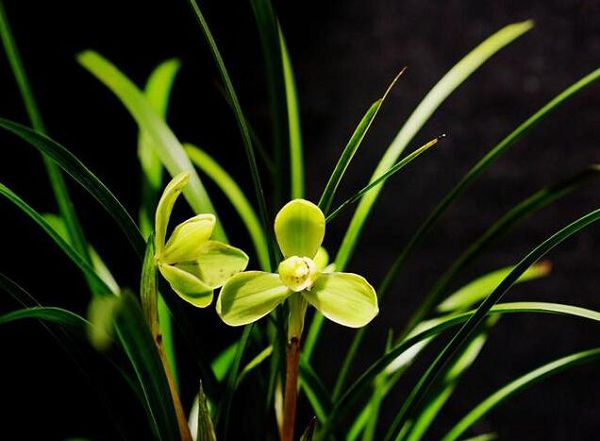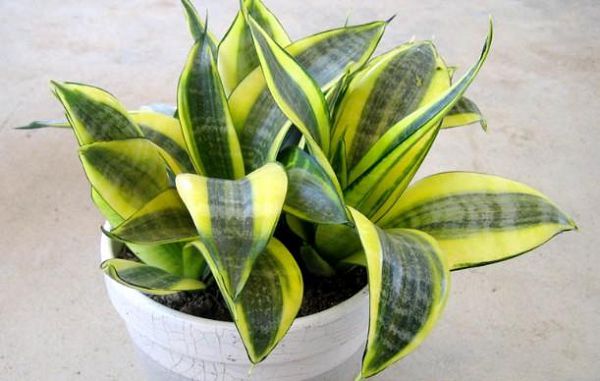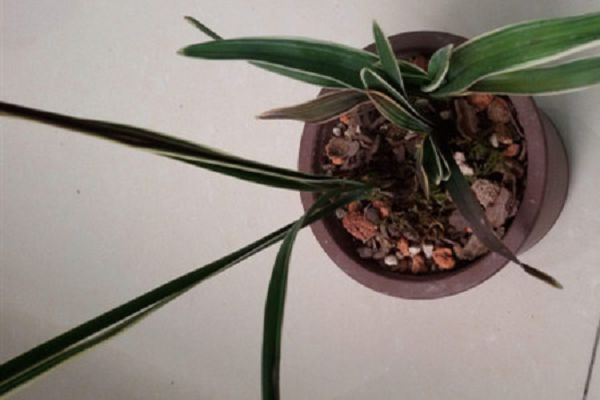Breeding methods and matters needing attention in Orchid Culture

Orchids like warm, moist and semi-overcast environments. The optimum growth temperature is 18-25 ℃, and the optimum air relative humidity is 80%-90%. Like to scatter weak light and avoid direct sunlight. It is suitable for slightly acidic or neutral soil. Avoid heat, dryness and stagnant water. Cut the crap and go straight to the topic "how to raise orchids":
Propagation methods of Orchid Culture
The reproduction of orchids can be divided into two ways: vegetative reproduction and sexual reproduction. Vegetative reproduction includes ramet and tissue culture, and sexual reproduction refers to sowing. In general, the method of ramet is adopted in family planting, which is usually done once every two or three years, and should be carried out in spring and autumn.
At least 5 connected pseudocorms should be preserved in each clump after ramet, and at least 3 leaves on these pseudocorms grow healthily, otherwise don't rush to ramet.
Watering should be reduced before dividing plants to make the basin soil drier. When coming out of the basin, remove the root soil, rinse with clean water, cut off the dead leaves and rotten roots, let them dry for two or three hours, wait for the roots to turn white and wilt, then cut the ramets with a knife, and coat the cut with plant ash or sulfur powder for antisepsis.
Points for attention in orchid culture:
(1) the condition of dry, wet, cold and hot determines whether to pour more or less. The climate is dry in late spring and early summer, dry and watered after autumn, less watered in rainy summer and rainy autumn, and less watered in cold late autumn and winter and early spring. Water more when the hot wind is strong and less when the wet wind blows frequently.
(2) the orchid pot is dry, and the watering time is prolonged, and the tip of the orchid leaf is often scorched, which is also a sign that it can be watered, but it is too late to hurt the orchid leaf because of thirst, and the injury cannot be cured.
There are usually three kinds of watering orchids. One is bubble watering. That is, soak the orchid basin 3/4 into the water, wet the basin thoroughly and filter out the stagnant water. The second is irrigation. Pour water directly into the basin soil until the center of the basin soil is wet. This method, upstream and downstream, must be irrigated repeatedly in order to achieve the effect of watering through. The third is spraying. That is, spray water with a thick drop sprinkler to wet the whole orchid environment and let the water seep from the soil surface to the upper Runze orchid basin. Orchid master, for these three watering methods, often because of the basin and different mixed use, the effect is ideal.
(3) Orchid likes Yang but avoids strong Yang. According to this habit of orchids, domestic orchids need shade. The amount of shading can be up to 70%, that is, 70% of the sun is covered, and 30% of the sun is generally exposed.
The usual ways to shade orchids are as follows:
First, the bamboo fence shade. The eyes of the fence are square, round and strip, the sun moves, the shadow also moves, and the orchid leaves see no light at this time and then, as if growing in the jungle. Moreover, the bamboo fence is made of bamboo, which does not absorb heat and keeps the environment cool.
Second, bamboo curtain shade. Bamboo curtain is dense, receive and hang light when the sun is needed, and shade when the sun is too strong, and the amount of daylighting is adjusted immediately by manual work. The sun in the west is the strongest in the day, orchids are planted in the west, and bamboo curtains are the best shade in the afternoon.
Third, shading net shading. The sunshade net is made of plastic wire, which is sparse and dense. The sun passes through the net, the light spot shines faintly, shaking on the leaf surface of the orchid, the light strength is moderate. If the light is too strong, the double-layer net can be pulled, which is easy to adjust.
Fourth, plastic board shade. Plastic sheet is an industrial plate for construction. This kind of plate does not directly penetrate the sun, but reflects the light of the sun on the orchid, and it is ideal to build an orchid shed as the top layer. There are many colors of the plate, and light yellow and white should be chosen for orchid shading. Inadequacies, heat absorption is not ventilated.
Fifth, barbed wire shade. According to the intensity of light to choose the size of the mesh, barbed wire shading rigorous and reliable, face ventilation. Problem: the cost of building the network is high, and it is necessary to set up a steel frame to pull the net.
Sixth, move the shade. Orchid breeders who raise only a few pots of orchids and only a few pots of orchids can grasp the trend of sunlight and the intensity of the sun in the Yulan environment within a day and within a year, move orchid pots regularly, and avoid strong light periods, so as to obtain the effect of orchid shading. This is a convenient shading method suitable for most home-raised orchids, only need to invest in labor, do not need to invest.
(4) although orchids belong to Xiyang flowers, it does not mean that they do not need light. If it is allowed to grow in the shade for a long time, the accumulation of organic matter is limited, which can not meet the needs of reproductive growth, thus affecting flower bud differentiation, there will be no flowers or few flowers in the coming year.
Related
- Is the orchid suitable for indoor use? Is it good for the body?
- How to prevent the empty root of orchids?
- What to do after the crab claw orchid is withered?
- Why are the leaves of orchids always yellow? Fertilizing and watering.
- Can the root of the gentleman orchid be saved if it is rotten?
- Diagnosis and treatment of cotton-blowing beetle insects in Cymbidium
- There is a way for a gentleman's orchid to rot.
- What is the most suitable temperature and humidity for the orchid?
- How to raise a gentleman's orchid? Cultivation techniques of Cymbidium
- How to prepare the nutritive soil for the cultivation of Cymbidium



